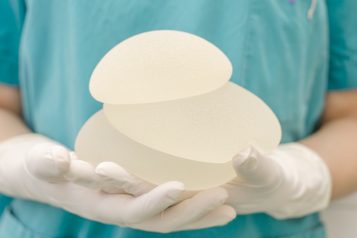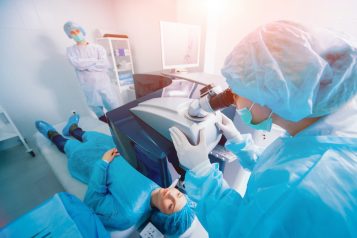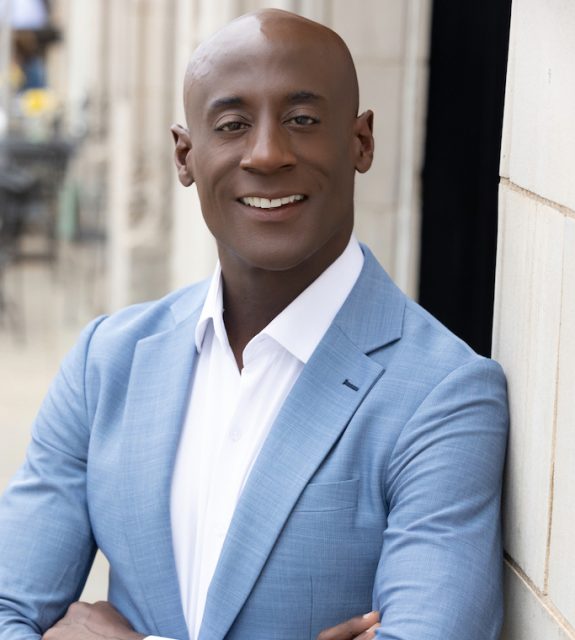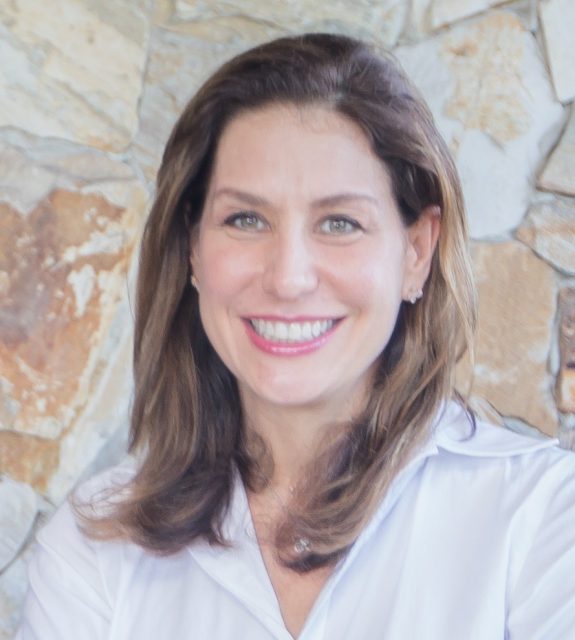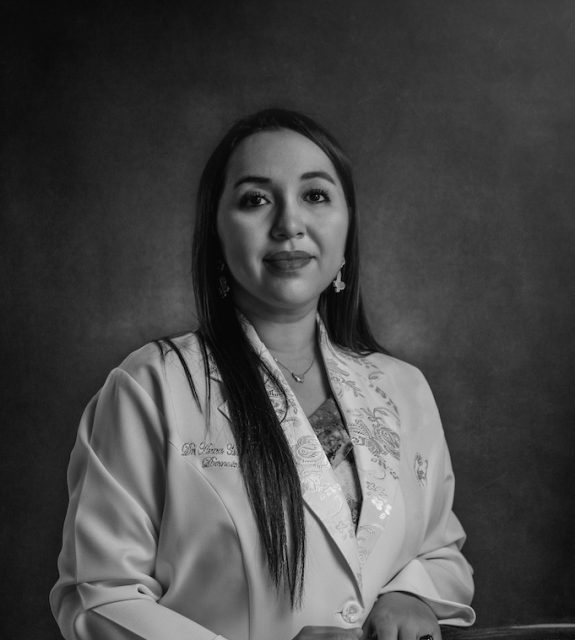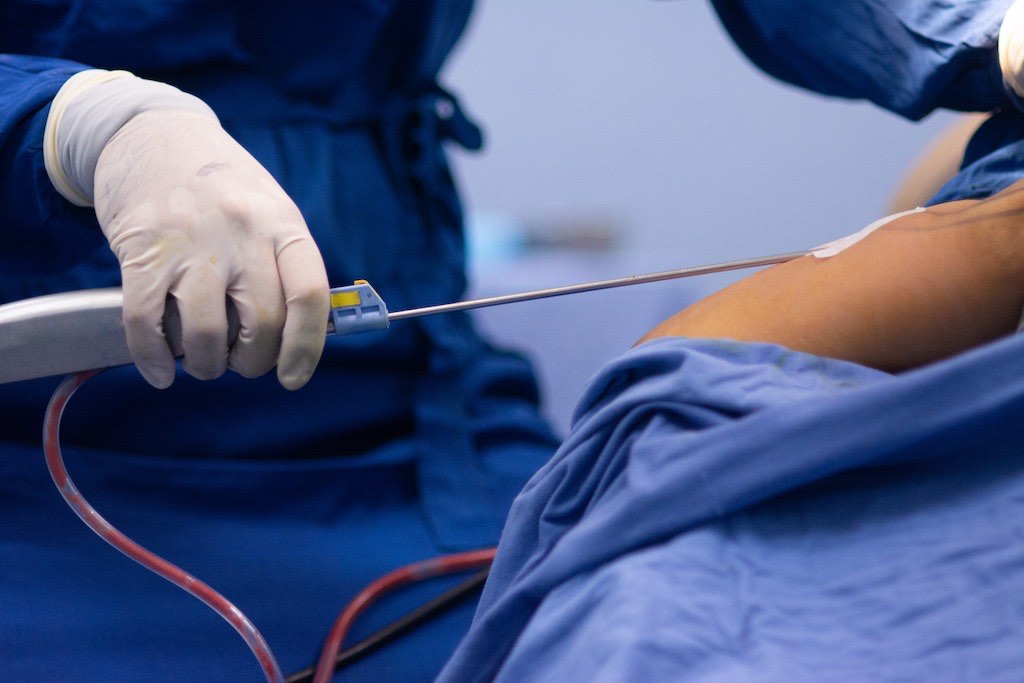
Haute Beauty sits down with Dr. Ogilvie to learn more about liposuction.
HB: What does an initial consult look like for a patient seeking liposuction?
Like all of my consults, it starts with a discussion with the patient to fully understand their aesthetic goals. I find there are three patients that come in looking for liposuction. Those who want to substitute liposuction for weight loss, those that are looking for global improvement in their silhouette and finally, those who overall are very fit but have stubborn areas, which are hard to alleviate.
I first and foremost tell all patients that liposuction is not a weight-loss procedure and will never substitute for a good diet and routine exercise. Throughout the body but particularly in the abdomen, there are two primary locations of fat; fat below the muscle and fat below the skin. Fat below the muscle can only be reduced with diet and exercise. If I find that is their primary concern, I let patients know that liposuction is not right for them because it only targets fat below the skin.
In my hands, liposuction is really meant for a patient who has a BMI less than 35, preferably less than 33. These are typically patients who overall are in good shape but are seeking a more defined aesthetic silhouette or looking to improve stubborn areas like the love-handles or saddlebags.
HB: Where can Liposuction be done?
Liposuction can be done in any area where there is excess fat. This can range anywhere from the chin/submental area down to the calves and ankles. Many patients that I see want a global improvement in their silhouette and desire what I call 360 liposuction, which involves liposuction of the back, abdomen and flanks. This of course can be combined with other areas of interest as well.
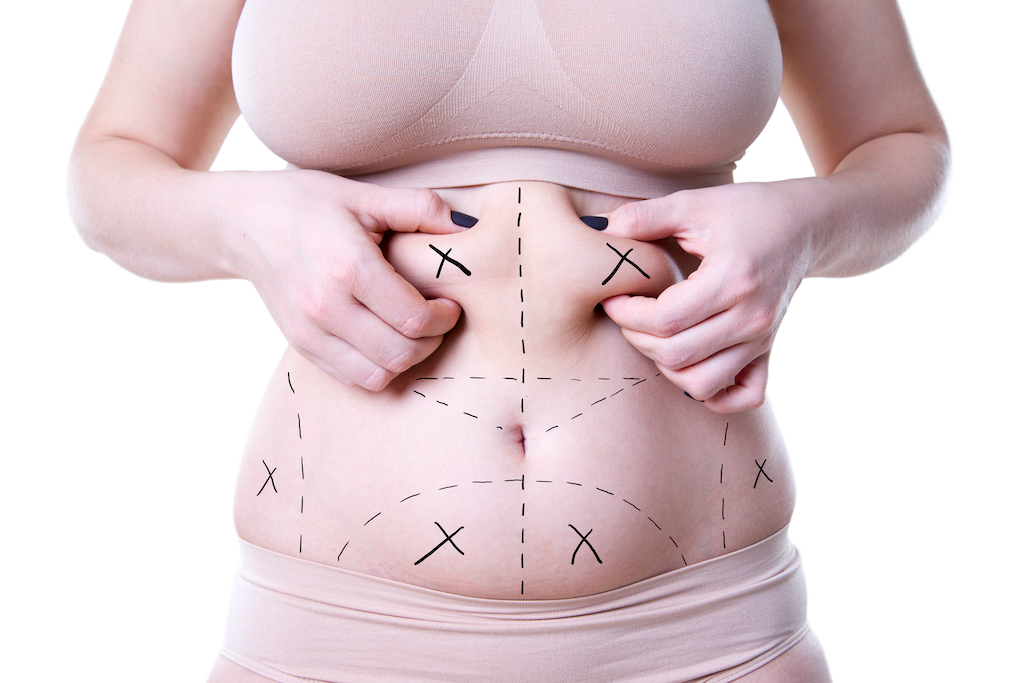
HB: What is the procedure like?
The procedure is very straightforward and standardized. Larger amount liposuction is typically done under general anesthesia, while smaller amounts can be done under local and sedation if so desired. I perform liposuction via a technique called SAFELipo®, which stands for separation, aspiration, and fat equalization. Using a large cannula I instill a special fluid that helps prevent bleeding and allows me to break up or separate the fat. Then with a smaller cannula, I am quickly able to suction out or aspirate the fat that was just broken up and lastly I go back in with the larger cannula to help equalize the fat that remains. This helps to make sure I get the optimal amount of fat out, but at the same time helps me to prevent contour irregularities. Procedure length really depends on the number of areas I am working on and how much fat I'm trying to remove. That being said, the average is probably two to three hours.
HB: What is recovery like?
Recovery is fairly straight forward. Once the procedure is done, I put patients into a compression garment, which they will gradually wear less over a month period. The garment really helps to control swelling.
I place patients on Arnica Montana before and after the procedure to help with bruising. I also prescribe a week of pain medication but most do well with extra-strength Tylenol. Most are back to daily activities within a few days and I allow a return to strenuous physical activity at 2 weeks.
HB: When can patients expect to see full results?
I tell most patients that their final result will be at about three months. This is when most of the swelling has resolved and once they come out of their garment completely is when we can really see the end result. This of course varies from patient to patient as full healing can take up to 6 months to a year.
HB: What is the cost?
The way I charge for liposuction is per area or if I am doing a 360 liposuction. It really depends on how much we are trying to achieve, but I do provide cosmetic quotes at the time of consultation.
For more information, visit Dr. Michael P. Ogilvie, MD, MBA's social media:







